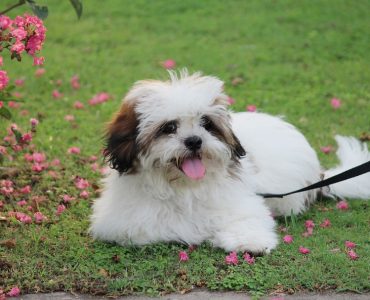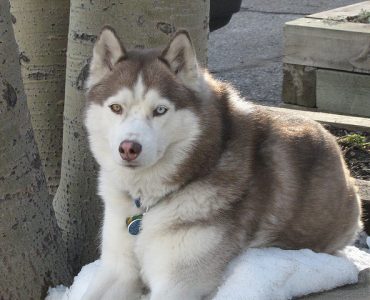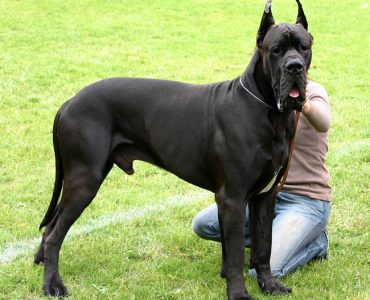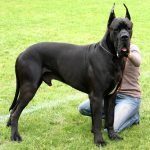The Shar-Pei is Chinese in origin and was an all-purpose farm dog used for herding, hunting, protecting the farm and family. It was also used later for dog fighting. They have become increasingly popular across many parts of the world since then and, once originally extremely expensive, the cost is now in line with most purebreds.
It is thought that the Shari-Pei may be a descendant of the Chow Chow. Both share the characteristic purple tongue. The Shar-Pei can be found with two different body types. Firstly a large headed animal with heavily wrinkled skin and secondly a small headed animal with much tighter skin. In addition to this there are three different types of coat to be found. These are known as a brush coat, a horse coat and a bear coat. The bear coat variety is much more rare. Their coat must be groomed regularly to keep it in best condition.
The Shar-Pei can be found in sable and most solid colours. The dog has small ears for the size of its head and they fall forwards although may be almost lost in the folds of skin. The Shar-Pei gradually lose their wrinkled skin as they age.
This is an active and playful dog. They exhibit great loyalty to their owners but are not always the most obedient of dogs. They will become attached to their human family and will socialise best with children and other pets if raised from puppyhood. Despite the frowning face, the Shar-Pei will be equally friendly towards strangers and will not be a good guard dog. Like many breeds, the Shar-Pei needs an owner who is both confident and consistent. The owner must establish himself or herself as leader of the pack in order to prevent the Shar-Pei from becoming dominant. The temperament of this dog will be shaped by the way in which its owner treats it and dogs that are permitted to take over and lead will exhibit far more undesirable behaviours than one which has been firmly handled.
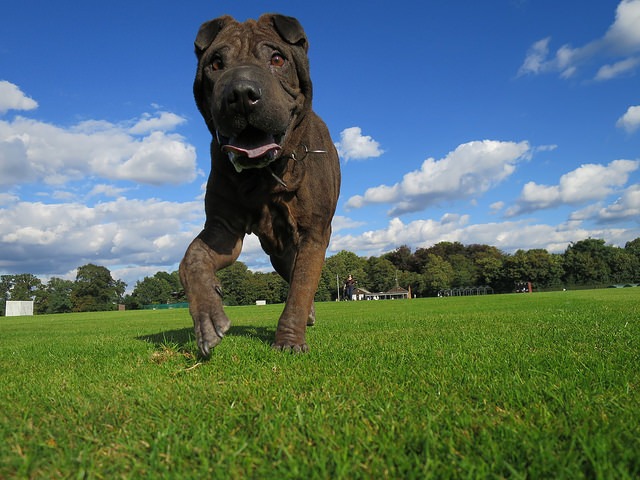
A healthy breed on the whole, the Shar-Pei has a lower than average life expectancy of around 10 years. Like most breeds there are some ailments to which they appear more prone than others. Amolydosis or kidney failure is one of these and the dog may experience unexplained fevers in the early stages of this. The Shar-Pei may also suffer from hereditary skin complaints. These are not thought to be connected to the heavily wrinkled skin and purchase from a reputable breeder should enable this to be avoided. The heavy skin around the head does bring its own problems though. It makes the Shar-Pei extremely sensitive to heat and an owner must ensure that the dog has plentiful water and shade available at all times. The Shar-Pei needs a large amount of exercise to keep it happy and healthy. This should take place every day. If frequent exercise is happening then it can easily adapt to a smaller living space and a home without a garden. They can be very calm and docile inside if they are sufficiently exercised.






